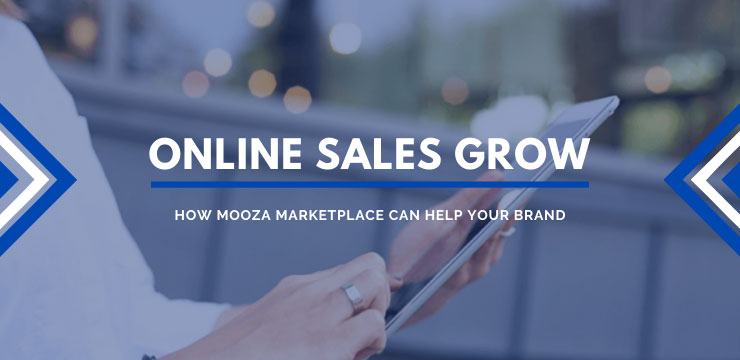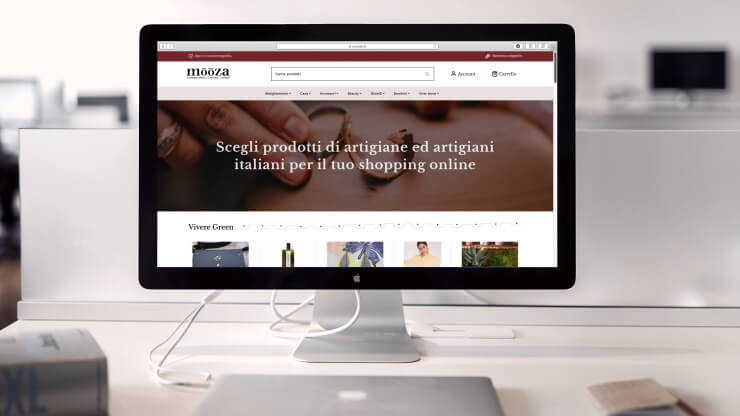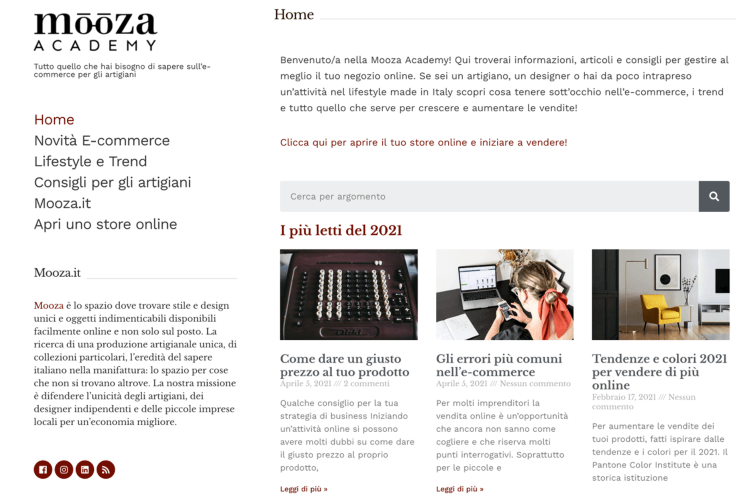

In the last year, Italian shopping has shifted more and more online, making this country one of the fastest growing eCommerce economies in Western Europe, not to mention how the 2020 pandemic gave a boost to this expanding sector; in fact, growth rates of online sales in Italy have increased by 37% in the last year only.
According to a recent report by Osservatori.net, the most purchased categories online are clothing (+22%) and furnishing and home-living (+32%), which represent the very best sectors of the made in Italy. In this scenario, the first companies to sell online were the largest, with digital structures already underway.
Nonetheless, this growth does not come without challenges, especially concerning how to offer a shopping experience as good as the brick and mortar one customers are now accustomed to. From the consumer’s point of view then, buying a shirt or a pair of shoes online is easier if you already know the brand, while purchasing from emerging brands, start-ups, artisans, and independent entrepreneurs may be harder without the possibility of touching and trying on the garments. This and many other issues must not be underestimated, since opening an e-commerce involves investments, budgets, and skills that are not always within the reach.
What many that decide to start their own e-commerce do not consider is that, if the advantage of proprietary website is the high possibility of customization, however, it is also very hard to understand how to get discovered by customers in a very dense and competitive environment, like ecommerce is. Therefore, investments are needed, such as SEO, or Search Engine Optimization, or PPC (Pay Per Click) advertising, to generate traffic.
As for the SEO, we refer to the process of improving your website to improve its relevance in search engine research. To understand the principles of Search Engine Optimization, one needs a good understanding the algorithms behind search engines like Google, that are structured to provide the best results to the user query. The Pay-Per-Click, on the other hand, is a model of internet marketing in which advertisers pay a fee each time one of their ads is clicked. Tools such as Google Ads or Facebook Ads can help you build a well-targeted advertising campaign, but if used with some expertise.
But an e-commerce is not only a the website. Communication on social media, for example, is fundamental to start building a community of users and, mostly, to gain the so much coveted social proof a young company needs.
Considering all these evaluations, e-commerce is a highly potential tool, if well used. A good product is not enough in this landscape, and efforts in advertising and social media presence are essential. It is possible for young company to master these tools. In our digitized world, many companies like Google and Facebook are opening their treasure chests and turning their expertise in digital academies open and free (for the most part) to everyone curious and willing to learn.
But this path is not for everyone, of course. A small business or an independent brand can look out for alternatives, such as marketplaces. An online marketplace is a platform on which merchants can sell and invoice directly to customers. Comparable to a kind of online shopping center, the customer enters the online marketplace in search of a product and also comes into contact with a range of brands, both well-known and new.
The online marketplace, like any distribution channel, can offer several advantages to small businesses, and strengthen e-commerce itself. In fact, it can help reach a wider variety of customers, not to mention that being on a well rated marketplace can give the advantage of trust to a small brand.
As in the real world, for Italian fashion and design brands, the choice of a store opening must be consistent with the positioning of the brand. Generalist marketplaces, with an undifferentiated offer of thousands of products, may not be the optimum solution for those brands who want to grow their customer base by highlighting their talent and quality of manufacturing.
One example of platform dedicated exclusively to the Italian lifestyle is Mooza that means inspiration, a marketplace where creative, independent designers, crafters, but also vintage collectors and unconventional shops can easily access online and get visibility without supporting start-up costs, respecting the only rule of authenticity. Strictly Italian lifestyle and quality craftsmanship.

Mooza marketplace, already a community of more than 800 sellers coming from all over Italy, is the new destination for people looking for good quality fashion and original designs at affordable prices. A response to generalist platforms with thousands of undifferentiated products and to the e-commerce of the big brands. In fact, the value at the basis of Mooza is: defending the uniqueness of artisans, independent designers and small and medium-sized local companies for a better economy.
Mooza supports «the small ones» and independent brands giving the opportunity to open a shop for free online and at the same time the opportunity to learn and grow. Among the benefits for sellers there are:
Among the services created specifically for the growth of craft brands was also launched the Mooza Academy, which houses articles and advice on the most useful topics for small businesses and crafters: e-commerce, trends, marketing, but also inspiring articles, a collection of original stories from artisans and brands of Mooza community.

A new chance, therefore, even for small companies to launch into digital without risks and with the support of a community. If you need more information about it, just get in touch.